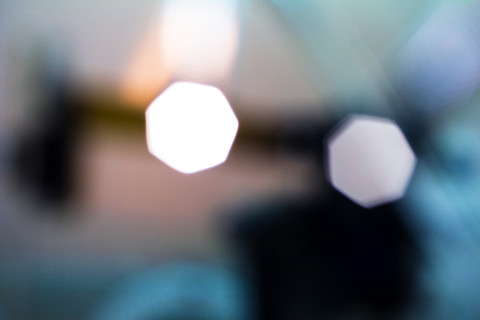Most of the light sources that we can see around us or use in our daily life are partially coherent, whereas a single mode laser source is almost completely coherent. Imagine someone is playing a single note in a guitar, again and again in a periodic manner: the outcome is comparable with the completely coherent case, on the other hand a nice song can be compared with the partial coherence case. The coherence property of light essentially provides us an impression of the randomness associated with it, the more random the less coherent. The problem is, unlike mechanical wave light wave fluctuates very fast, faster than the response time of the fastest detector available, so we must rely on the statistical properties of light, which is nothing but the coherence properties. The propagation of a fully-coherent light through free space or interaction with materials is much easier to predict or calculate, whereas the same with partially coherent light is more demanding. In order to apply a partially coherent light sources, we must understand the properties of it, measure it and then find out how to transform/control it for the benefit of humans.
The thesis contains theoretical, numerical, and experimental studies on the coherence properties of stationary and non-stationary (pulsed) scalar light fields. The first part of the thesis describes and demonstrates how one can generate partially coherent Bessel-correlated fields having different coherence areas and how to generate correlation-invariant fields from fully-coherent light fields. There exist only a few classes of partially correlated fields with analytical solutions, among which Bessel-correlated is one. Wavefront folding interferometers (WFI) are used to measure the spatial coherence properties of light beams. A significant modification to the existing WFI is done and the performance of the new designed WFI, which is impressive, is demonstrated.
The thesis also reports on the effect of spatial unitary transformation (SUT), such as energy conserving beam splitters which are commonly used in optical experiments, on the complex degree of coherence. The finding confirms that the coherence measure and interference fringe visibility may change under such SUT. In a two-beam (plane wave) interference of two partially coherent light fields, one can make a distinction between fully-correlated and fully-uncorrelated parts and using SUT system one can also isolate the fully-uncorrelated part.
Nowadays it is well known that if white light passes through glass prism, it can produce red, orange, green, blue etc. different colours, which is regarded as dispersion of light. There exists a phenomenon known as supercontinuum (SC) generation where a very intense single colour light can interact with material and produces other colours or white light. This SC generation is a nonlinear process, and sometimes it can be quite random resulting partially coherent light field as an output, for example, high pumping through optical fibers. In this thesis, the temporal and spectral (colour wise) coherence properties of SC light generated in bulk medium are investigated numerically, which has never been encountered before.
The doctoral dissertation of MSc Atri Halder, entitled Transformations and measurements of the complex degree of coherence, will be examined at the Faculty of Science and Forestry on the December 11th online. The opponent will be Professor Pierre Chavel, University Paris-Saclay, France, and the custos will be Professor Jari Turunen, University of Eastern Finland. The public examination will be held in English.


